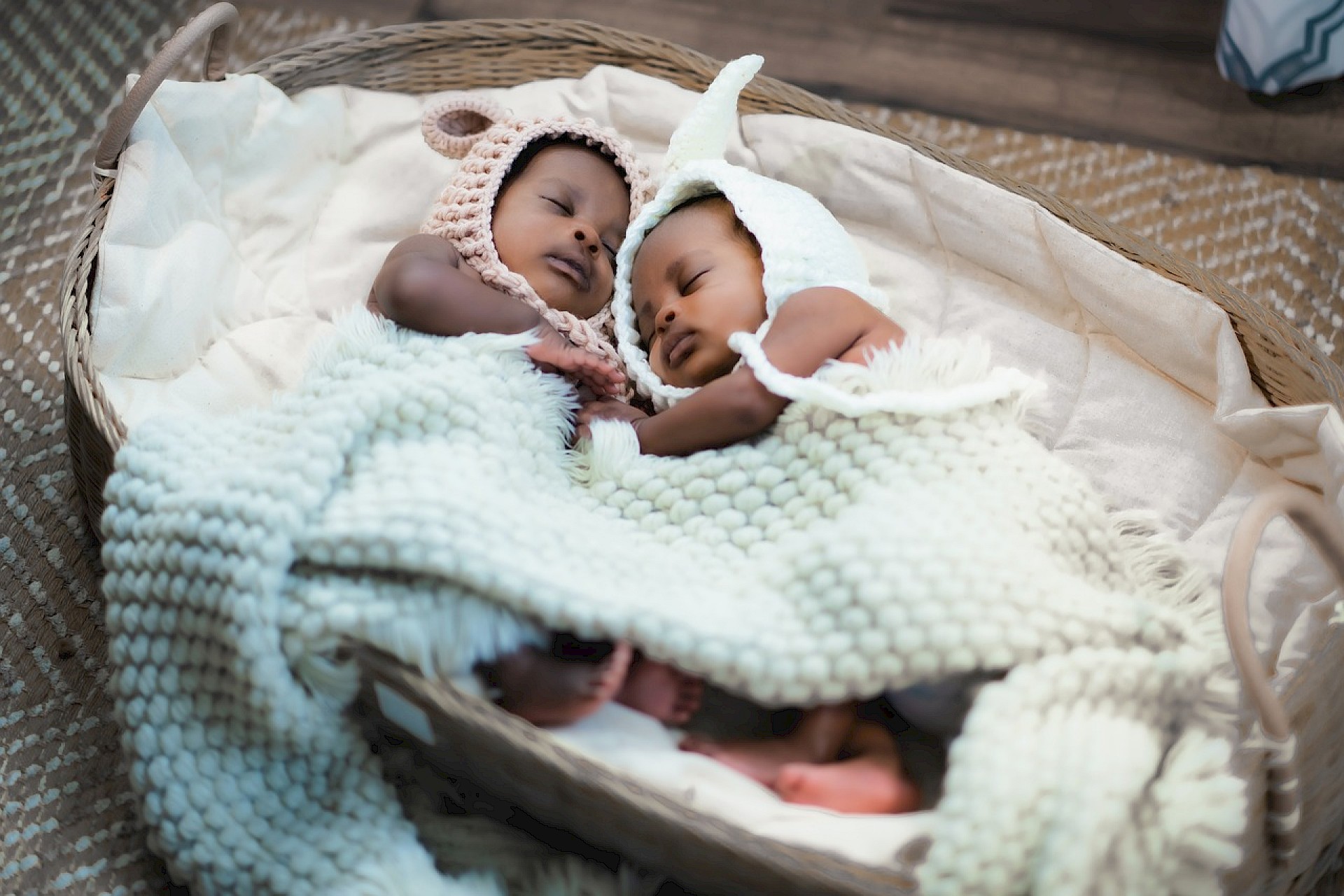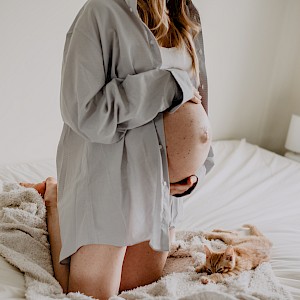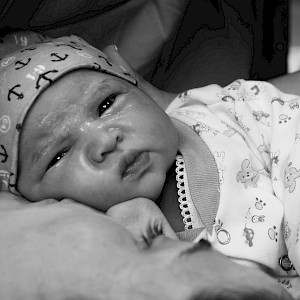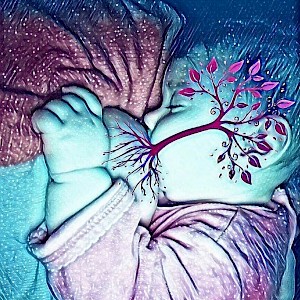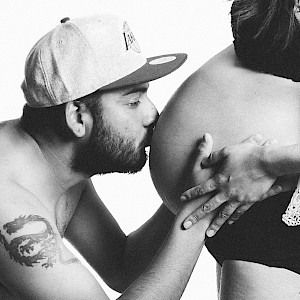Facts about twin pregnancies and births
- Twins are likely to be born early. More than half of all twin pregnancies won’t go beyond 37 weeks.
- A recent study has shown that choosing an elective cesarean birth does not maximise your chances for a safe birth.
- Vaginal-plus-c-section births (when twin A is born vaginally, and twin B needs a c-section) only happens in about 4% of twin births.
- Just under 50% of twin babies and nearly all triplets need to spend some time in special care after birth.
- About 4 out of 10 twins are born vaginally.
A lot of facts and experiences of twin births point towards a hospital twin birth, but, ultimately the decision is yours. It is a very unique decision: as for all pregnancies, yours is unique too. It is always a good idea to consider all facts and options carefully and discuss your preferences with your midwife or doctor and of course, your birth partner.
Factors for a vaginal twin birth
Whether or not you have the option to birth your twins vaginally depends on a few things.
Overview of what to consider
- Position of twin A and B: If both twins are in a head down (vertex) position, then the ‘risk’ in birthing vaginally is roughly the same as birthing a single baby. There can be a slightly increased risk that the umbilical cord slips down before the baby after twin A is birthed. If twin A is breech (bum, knee or feet down) or in another unfavorable position, a cesarian birth is most common. If both twins in a head down position the chance of a vaginal birth are excellent. If twin A is head down but twin B is breech for example, it is still possible to birth vaginally. Twin B can be turned by your care provider in some cases or sometimes twin B can drop into a vertex position after twin A is born since twin B has more room then to turn on its own.
NOTE: Twins can be born minutes or more than an hour apart when the birth is a normal, uncomplicated vaginal birth.
- Mum’s wellbeing.
- Twin B’s wellbeing after twin A is born.
- The care provider’s training and skill level for supporting a vaginal birth – even if babies are breech for example.
- Size of the babies: twins can be different sizes, that is very common. If the size difference between them too large though, the care provider might be concerned about the smaller twin’s ability to cope with labour.
- Do you have one or two placentas? There are 3 different types of a placenta outlay:
- 2 placentas with their own separate inner and outer membrane
- 1 placenta with 1 outer and 2 inner membranes
- 1 placenta with 1 outer and 1 inner membrane
If your twins share one placenta your chances of a vaginal twin birth are low as it would be risky and probably dangerous if the placenta is birthed after twin A but before twin B for example. If you want to have a vaginal twin birth you might need an experienced care provider that supports natural birth for multiples.
A cesarian twin birth is likely if...
- twin A is breech, meaning baby is lying feet, knees or bum first
- one twin is lying sideways (transverse)
- you have a low-lying placenta
- your twins share a placenta
- you have had a difficult birth before
You might be advised to have a cesarean twin birth if your babies have been growing less well than expected. Especially if twin B is smaller than twin A there is a risk for twin B experiencing a drop of oxygen supply during birth, which is risky if twin B takes longer to be born.
An emergency cesarian twin birth is likely, if...
- one or both babies become distressed during labour
- your labour slows down
- you have developed pre-eclampsia
- the umbilical cord slips into the birth canal ahead of your baby/babies
Will I need an induction with twins?
Once you reach week 38 an induction of labour will be recommended. The main reason given for an earlier twin birth is to avoid any complications such as pre-eclampsia, fetal growth restriction or placental failure. Studies have shown a slightly increased risk of twin stillbirth after 38 weeks of pregnancy. There is also an option of non-stress tests (NST) and biophysical profiles when your pregnancy continues after 38 weeks. Depending on the type of twin pregnancy you are having will impact your care provides recommendation for induction or any other intervention. Even if you are induced you have good chances for a vaginal twin birth.
Where can I give birth to my twins?
Probably in hospital, because having twins mean a far higher level of medical management. Twin pregnancies are treated as high risk, which means that chances are low, that you will be allowed to give birth in a birth centre or midwife led unit, unless this unit or centre is based in a hospital. Most places have strict rules, especially for multiple births. Your care provider probably follows strict management policies, which protects them from potential litigation if something goes wrong. It is possible to birth your twins in a birth centre or even at home, but you need to consider the health of your babies and their positions and of course, your own health. If you are planning a home twin birth, you might want to have a team of midwives at hand experienced in twin births.
What is a vaginal twin birth like?
Because you are having two instead of one baby, there will be more health professionals with you in the birthing room: probably 2 midwives, an obstetrician and probably 2 pediatricians or nurses. It is likely that you’ll be offered an epidural or to have one set up, along with a drip, so pain relief can be topped up any time quickly if needed. I would always advise you to discuss pain relief options as well as any other potential interventions with your midwife in advance. You can then include your preferences in your birth plan. During labour your twin babies might be monitored with an electronic fetal monitor (EFM) – which is standard procedure for multiple births. This will be strapped as a belt around your belly, which will limit your mobility slightly – for twins you will need two belts. Once your waters have broken, you will be asked permission to attach a wire (fetal scalp electrode) to the top of twin A’s head, which will be showing through the cervix at this stage. Once you reach the pushing stage you might be moved to the theatre in case you need an assisted twin birth or a c-section. Once twin A is born vaginally, the midwife or doctor will check the position of twin B. They do so by feeling your tummy, offering a vaginal examination and/or carrying out an ultrasound scan. If all is good, the midwife or doctor will break the waters surrounding twin B and it will likely be born shortly after. After twin B is born you will birth the placenta(s).
Final words
If you are desperate for a natural twin birth, you should try to find a supporting and twin birth experienced care provider as soon as possible. Stay as fit and healthy as possible by exercising and eating well during pregnancy in order to keep up good nutrition and to help your babies settling into an optimal birthing position. I also advise you to do some good research about inductions and potential interventions and their link to an increased risk of c-section. For more support during pregnancy and birth you might want to consider hiring a doula.
TIP: Facing all the challenges of a twin pregnancy and a natural birth of your babies, but also parenting twin babies in the future, can be difficult without positive support right from the start. There are lots of groups for multiple birth parents on social media or other types of communities. Try to reach out to them and find your supportive network.
